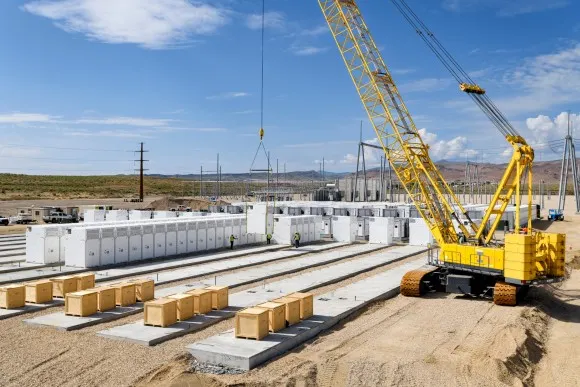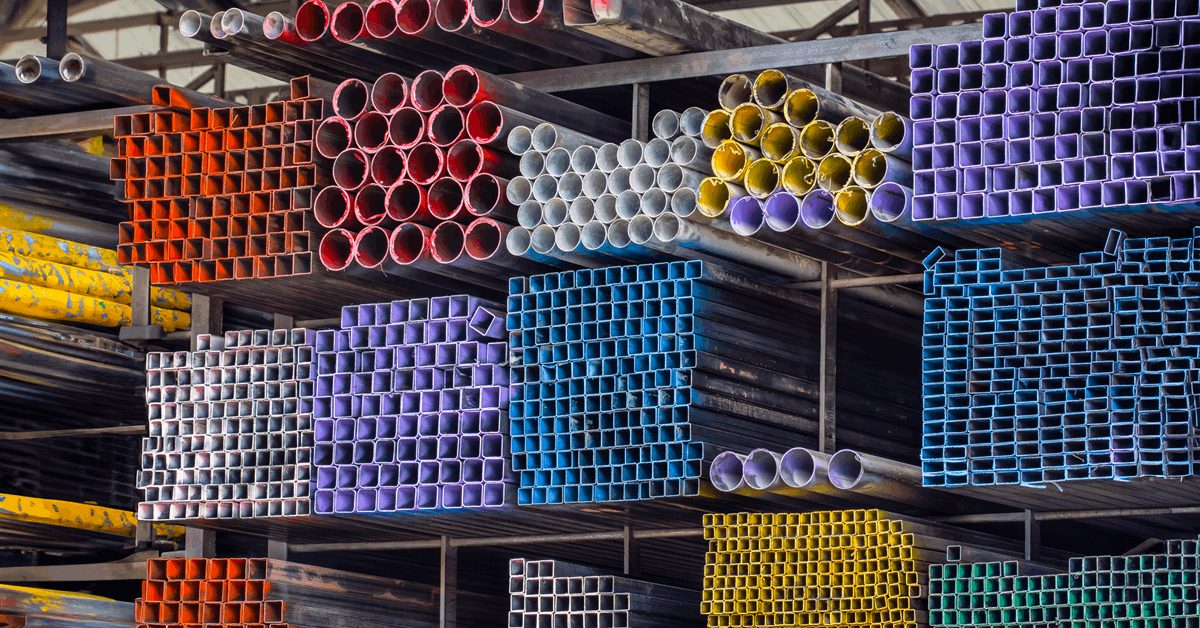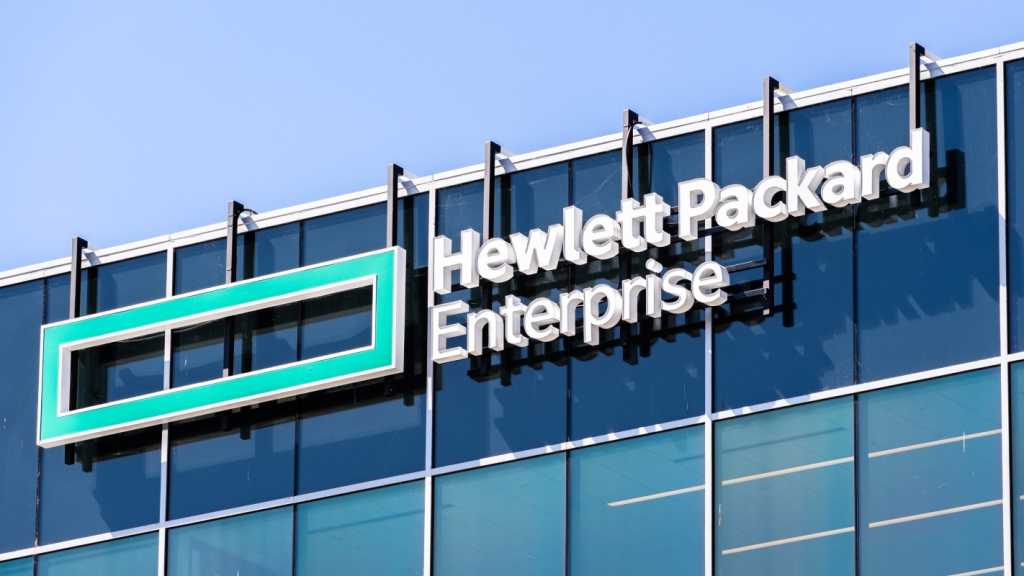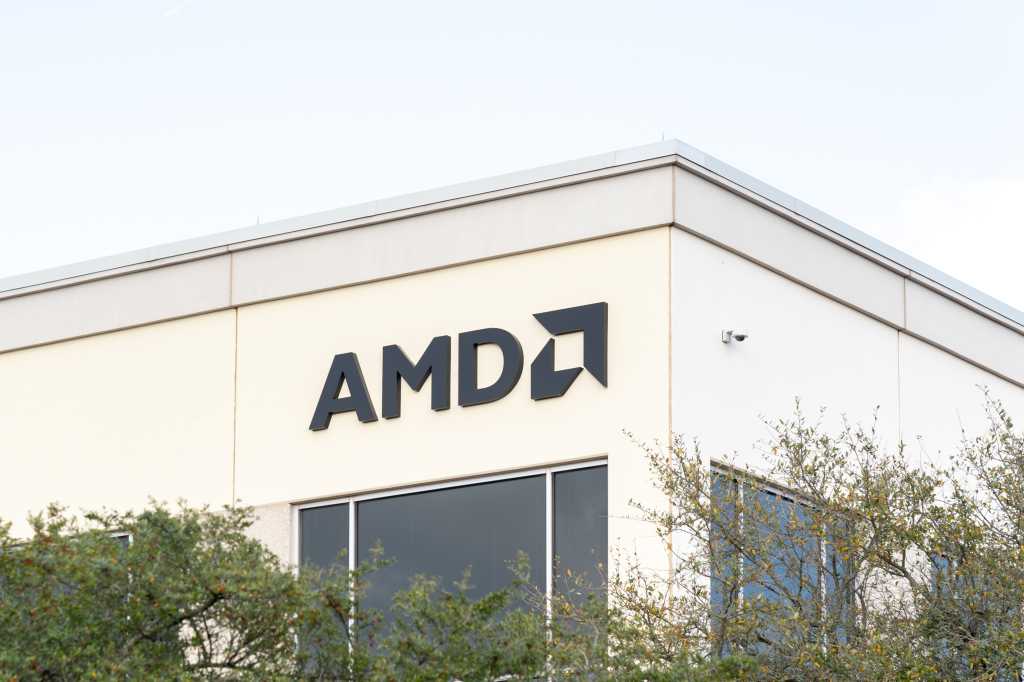This is today’s edition of The Download, our weekday newsletter that provides a daily dose of what’s going on in the world of technology.
Namibia wants to build the world’s first hydrogen economy
Factories have used fossil fuels to process iron ore for three centuries, and the climate has paid a heavy price: According to the International Energy Agency, the steel industry today accounts for 8% of carbon dioxide emissions.
But it turns out there is a less carbon-intensive alternative: using hydrogen. Unlike coal or natural gas, which release carbon dioxide as a by-product, this process releases water. And if the hydrogen itself is “green,” the climate impact of the entire process will be minimal.
HyIron, which has a site in the Namib desert, is one of a handful of companies around the world that are betting green hydrogen can help the $1.8 trillion steel industry clean up its act. The question now is whether Namibia’s government, its trading partners, and hydrogen innovators can work together to build the industry in a way that satisfies the world’s appetite for cleaner fuels—and also helps improve lives at home. Read the full story.
—Jonathan W. Rosen
This story is from the next print edition of MIT Technology Review, which explores power—who has it, and who wants it. It’s set to go live tomorrow, so subscribe & save 25% to read it and get a copy of the issue when it lands!
Can we fix AI’s evaluation crisis?
Every time a company launches a new AI model, its scores show it beating the capabilities of predecessors. On paper, everything appears to be getting better all the time.
In practice, it’s not so simple. In fact, many now openly admit that the process of testing AI, using sets of exam-style questions called benchmarks, is broken.
In response, a growing number of teams around the world are trying to address the AI evaluation crisis. One of them is Xbench, a benchmark project developed by HongShan Capital Group (formerly Sequoia China). It evaluates models not only on the ability to pass arbitrary tests, like most other benchmarks, but also on the ability to execute real-world tasks, which is more unusual. It’s also updated on a regular basis to try to keep it evergreen.
Read more about Xbench in our story, and more about the broader efforts to tackle the evaluation crisis in this week’s edition of The Algorithm, our weekly newsletter about the latest goings-on in the world of AI.
—Caiwei Chen
The Anthropocene illusion
Over six years and across four continents, the London-based documentary photographer Zed Nelson has examined how humans have immersed themselves in increasingly simulated environments to mask their destructive divorce from the natural world.
Featuring everything from theme parks and zoos to national parks and African safaris, his images reveal not only a desperate craving for a connection to a world we have turned our back on but also a global phenomenon of denial and collective self-delusion. Check out a selection of his arresting images here.
—Allison Arieff
The must-reads
I’ve combed the internet to find you today’s most fun/important/scary/fascinating stories about technology.
1 US auto safety regulators are investigating Tesla’s robotaxis
They’re probing incidents where the vehicles appear to violate traffic laws. (Bloomberg $)
+ One video depicts a robotaxi driving on the wrong side of the road. (The Verge)
+ The probe has started just one day after the service launched in Texas. (TechCrunch)
2 Officials fear Iran is planning a cyber retaliation
Iran-linked groups could cause quite a bit of havoc in the US. (WP $)
+ The US says the conflict has triggered a “heightened threat environment.” (Axios)
+ Donald Trump has set off a whole new wave of bombing disinformation. (Wired $)
3 Caregivers are struggling to cope with measles outbreaks
The virus is infecting children and adults alike around the US. (NYT $)
+ RFK Jr’s planned dietary guideline shakeup is severely lacking. (The Atlantic $)
+ How measuring vaccine hesitancy could help health professionals tackle it. (MIT Technology Review)
4 A man was killed by police after speaking with ChatGPT
Alex Taylor, who struggled with his mental health, was convinced OpenAI had “killed” an entity called Juliet. (Rolling Stone $)
5 WhatsApp has been banned from US House of Representatives devices
The Office of Cybersecurity believes it poses a high risk to data security. (The Guardian)
+ Another app banned from the same devices? TikTok. (Reuters)
6 How AI is opening up a new digital divide
Between the nations with the computing power to build it, and the ones without. (NYT $)
+ Meta’s data center is not winning over communities in Louisiana. (404 Media)
+ The UAE wants to spend its way to becoming a tech superpower. (Rest of World)
+ We did the math on AI’s energy footprint. Here’s the story you haven’t heard. (MIT Technology Review)
7 China’s EV factories are a must-see for tourists
Tens of thousands of people enter draws for the privilege each month. (Wired $)
+ China’s EV giants are betting big on humanoid robots. (MIT Technology Review)
8 Meta’s AI model has memorized nearly all of the first Harry Potter book
Which suggests it’s storing books, rather than training on them. (404 Media)
9 How to get people to behave better online
Suspensions really work. (Fast Company $)
+ How to fix the internet. (MIT Technology Review)
10 Elon Musk does not use a computer 💻
That’s his lawyers’ story, and they’re sticking to it. (Wired $)
Quote of the day
“It’s like announcing that, ‘I’m going to Mars’ and then, you know, going to Cleveland.”
—Bryant Walker Smith, a University of South Carolina law professor, pokes fun at Elon Musk’s autonomous ride-hailing ambitions, Reuters reports.
One more thing
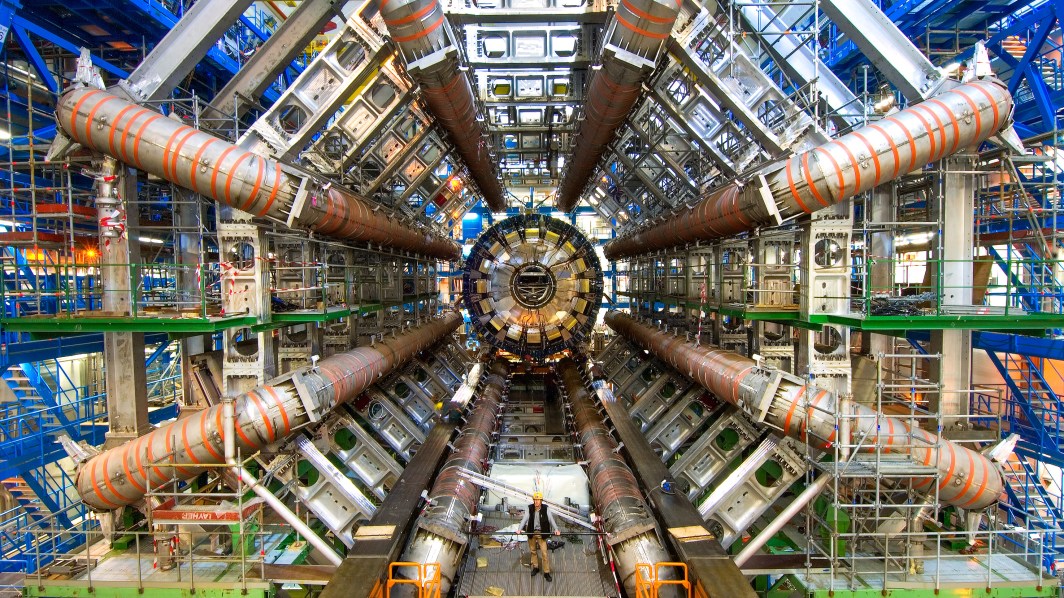
Inside the hunt for new physics at the world’s largest particle collider
In 2012, using data from CERN’s Large Hadron Collider, researchers discovered a particle called the Higgs boson. In the process, they answered a nagging question: Where do fundamental particles, such as the ones that make up all the protons and neutrons in our bodies, get their mass?
When the particle was finally found, scientists celebrated with champagne. A Nobel for two of the physicists who predicted the Higgs boson soon followed.
But now, more than a decade later, there is a sense of unease. That’s because there are still so many unanswered questions about the fundamental constituents of the universe.
So researchers are trying something new. They are repurposing detectors to search for unusual-looking particles, squeezing what they can out of the data with machine learning, and planning for entirely new kinds of colliders. Read the full story.
—Dan Garisto
We can still have nice things
A place for comfort, fun and distraction to brighten up your day. (Got any ideas? Drop me a line or skeet ’em at me.)
+ A fascinating new database ranks sea creatures by body size.
+ Talking of oceanic monsters, it’s 50 years since Jaws first terrified us from setting foot in the water.
+ After 62 years, U2’s The Edge is finally an Irish citizen.
+ Fashion regrets? Sarah Jessica Parker has none.








